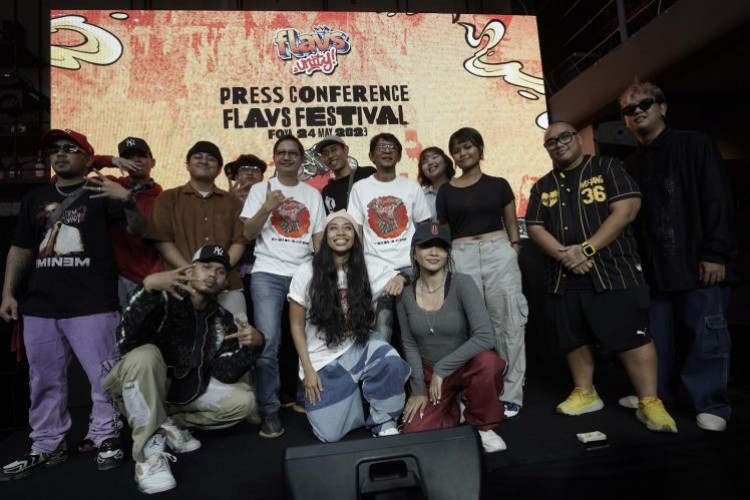Creating Instruments with Yosefat Wenardi
Tania Utomo (T) interviews Secco's Yosefat Wenardi (Y)
by wjournal
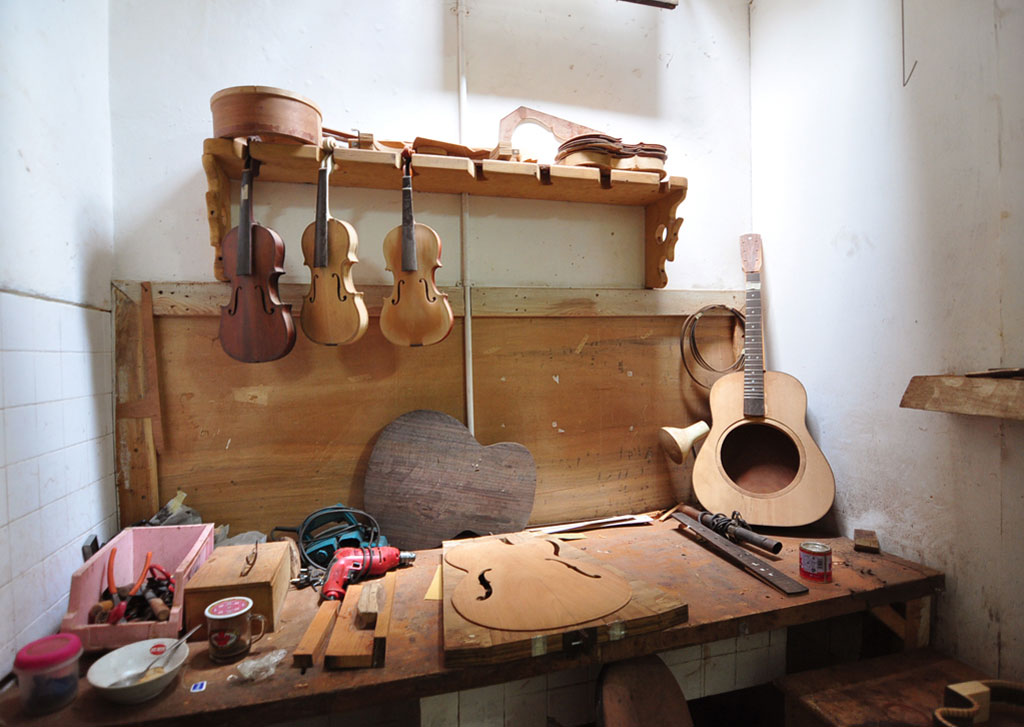
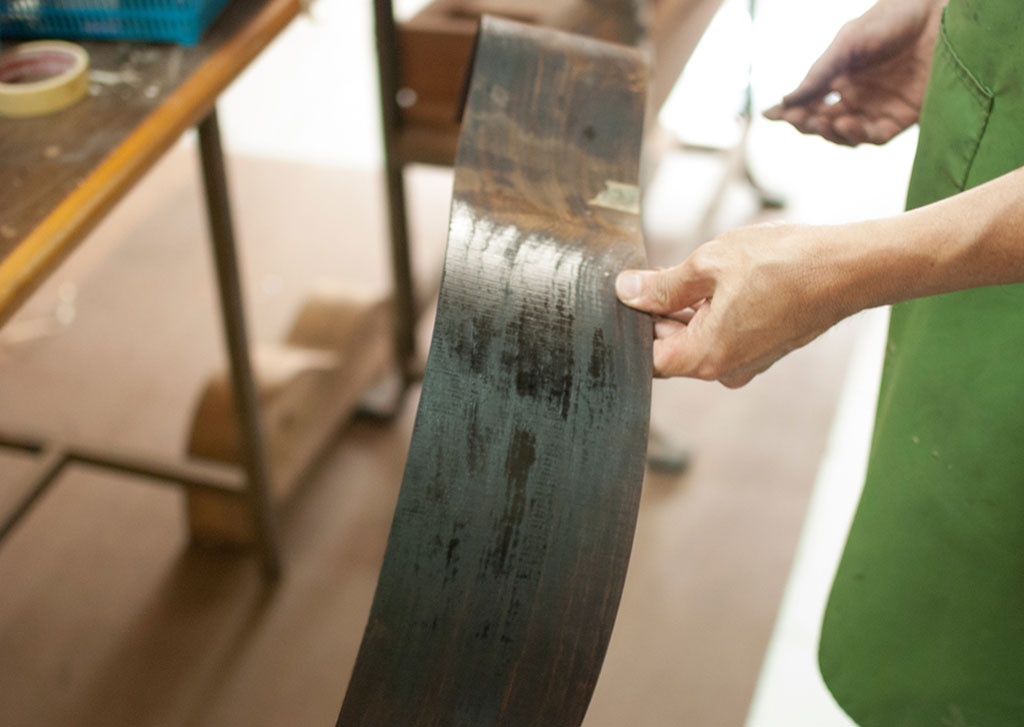
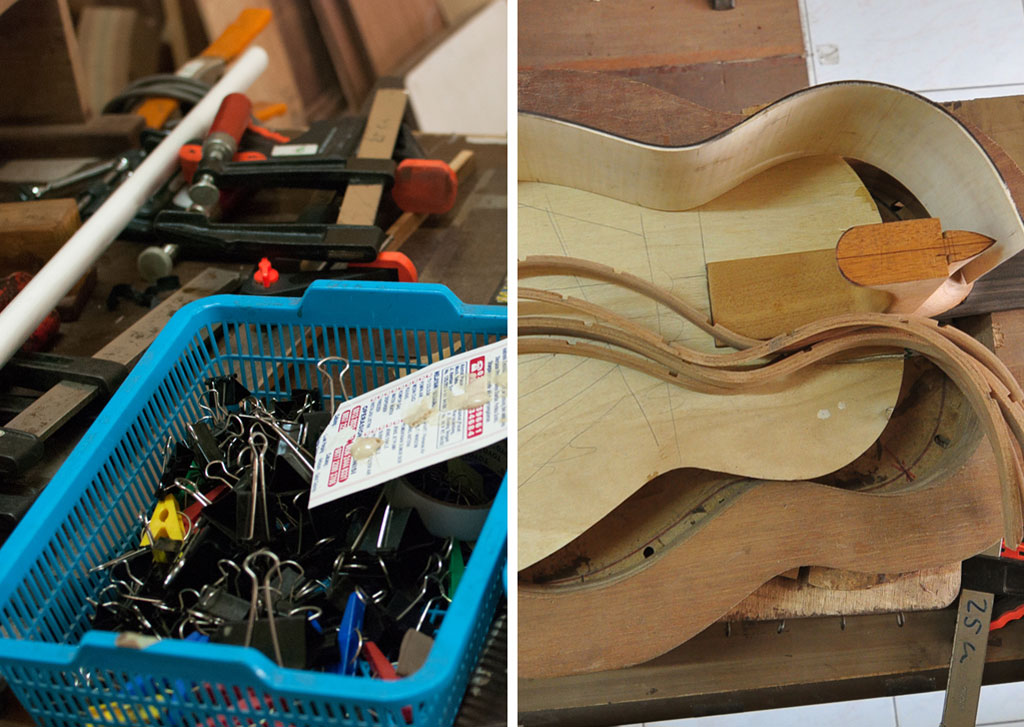
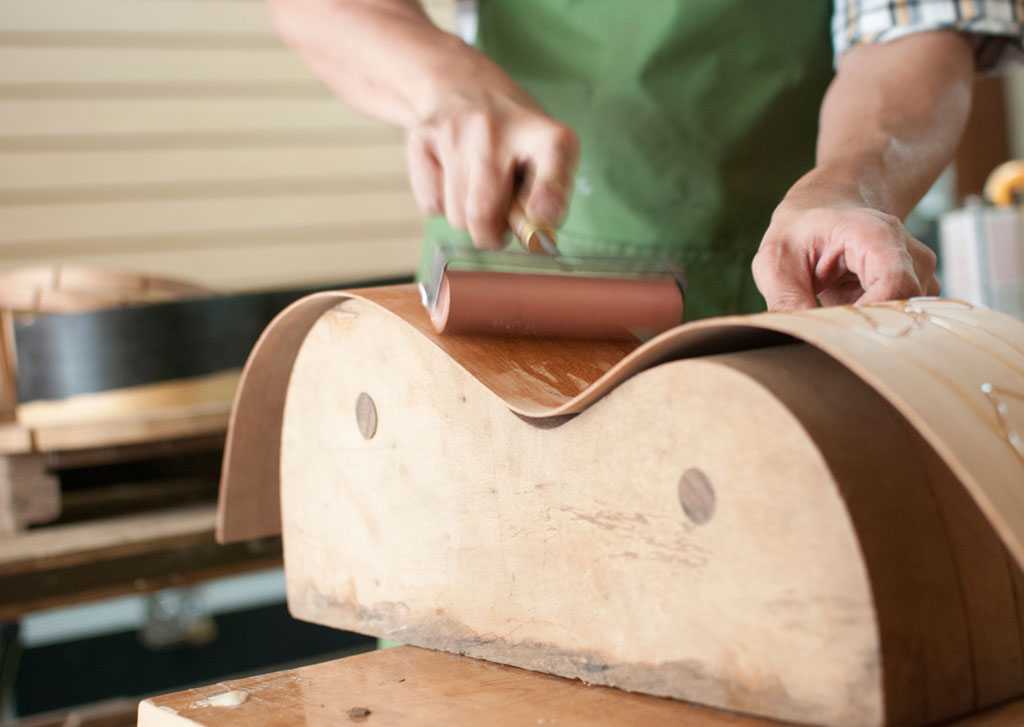
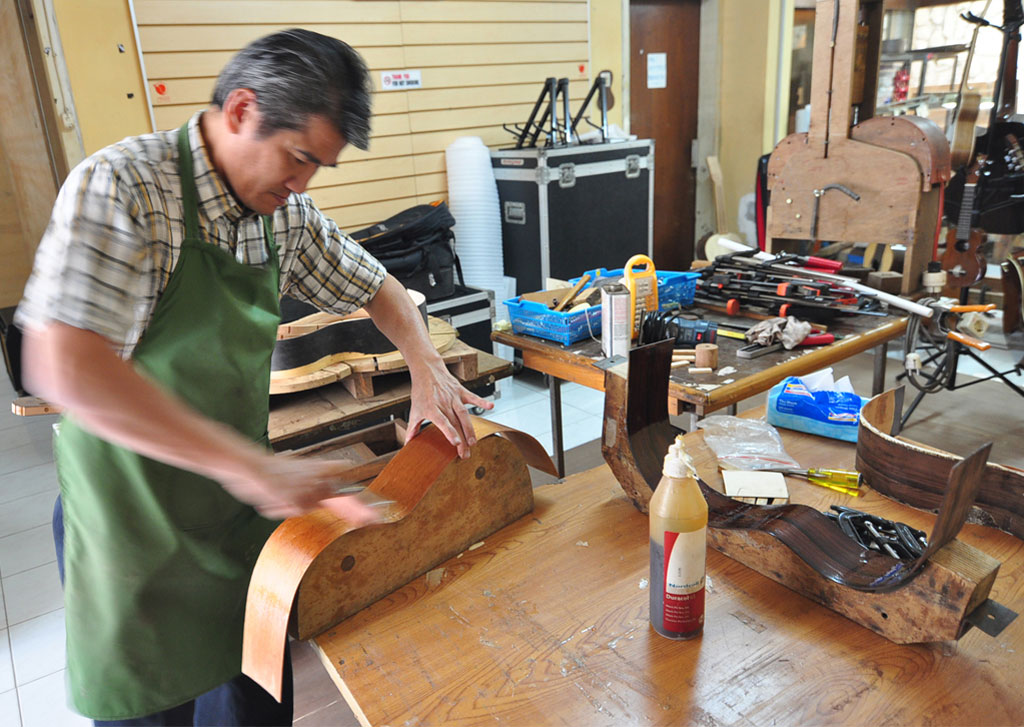
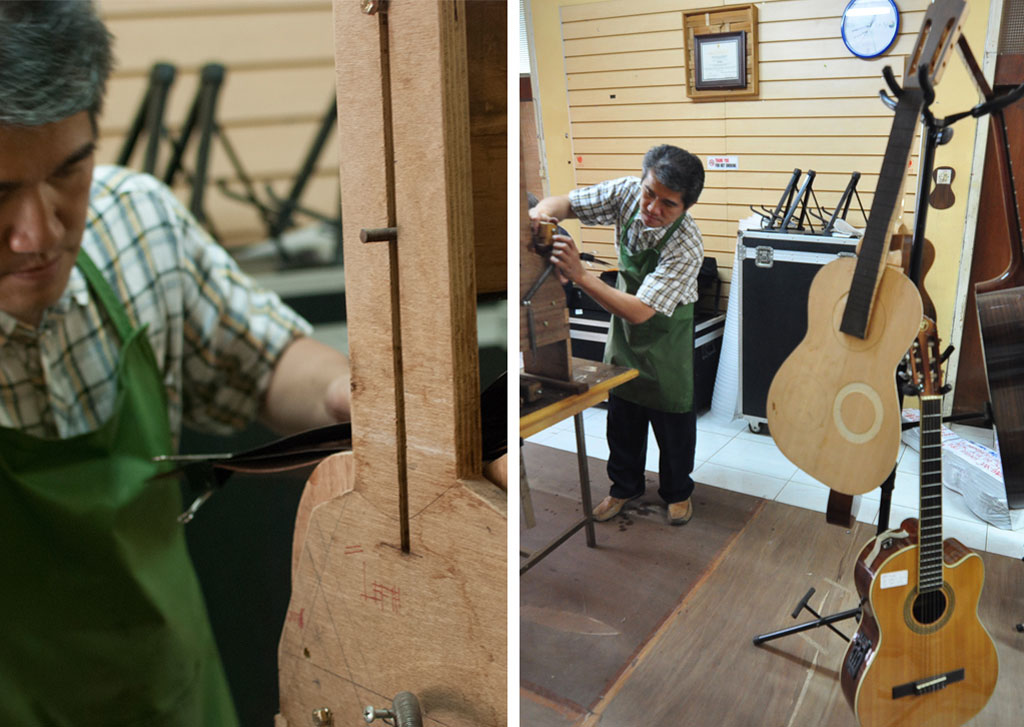
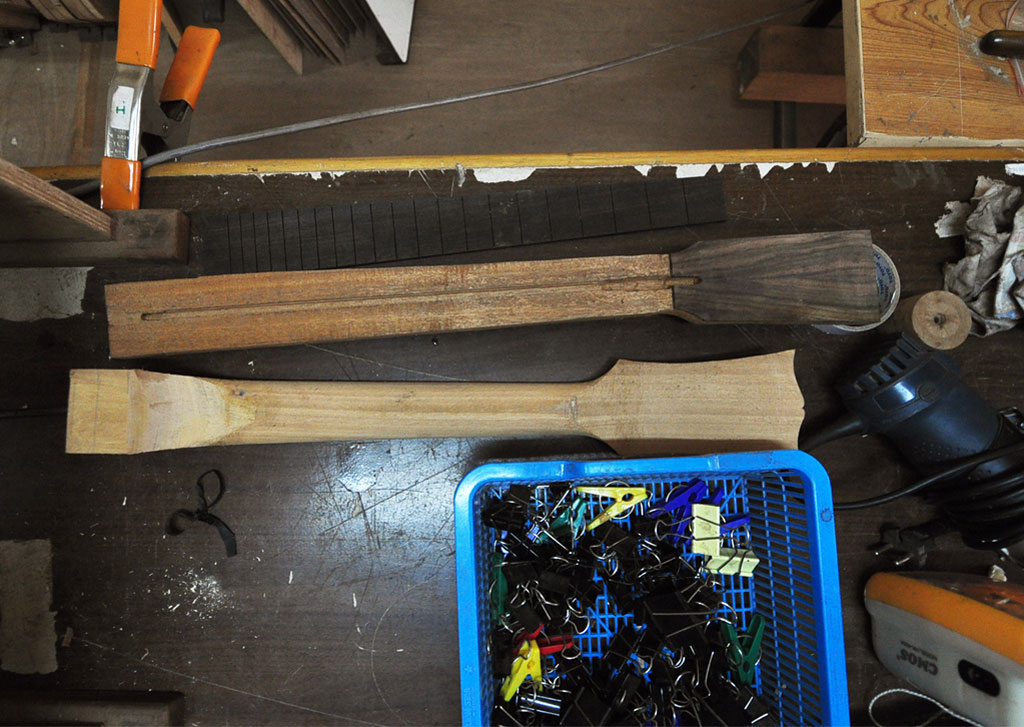
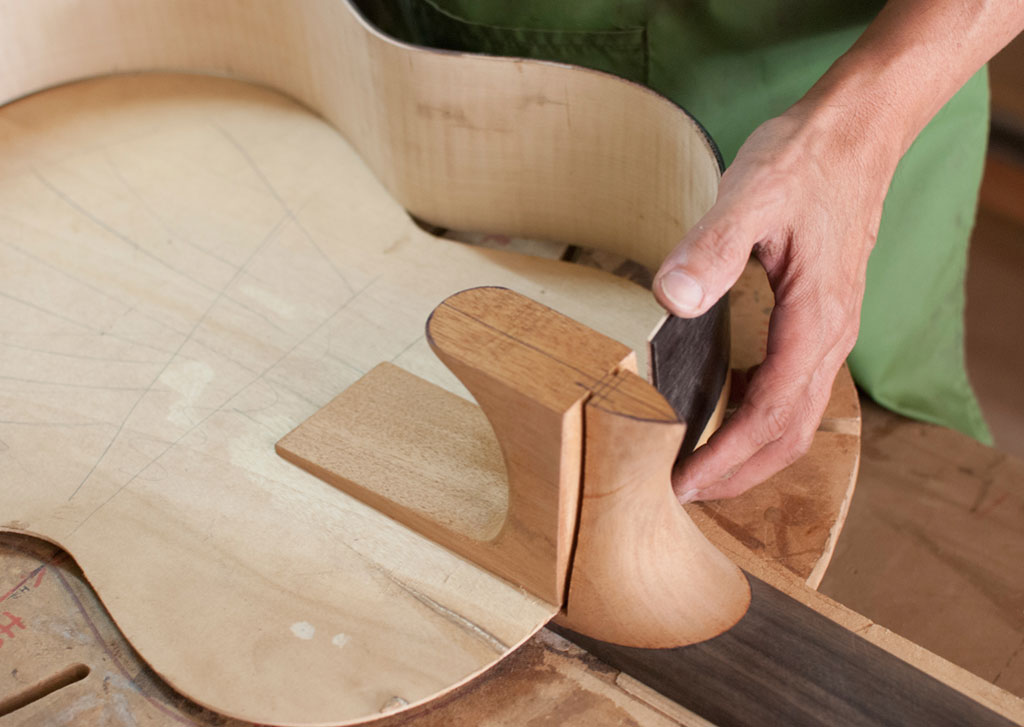
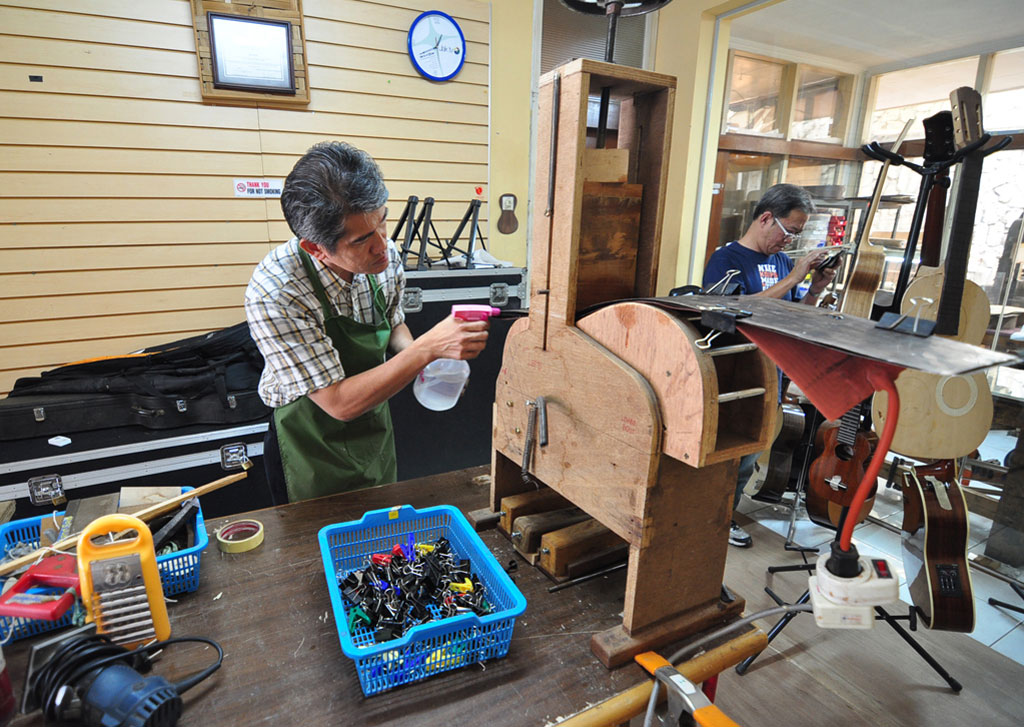
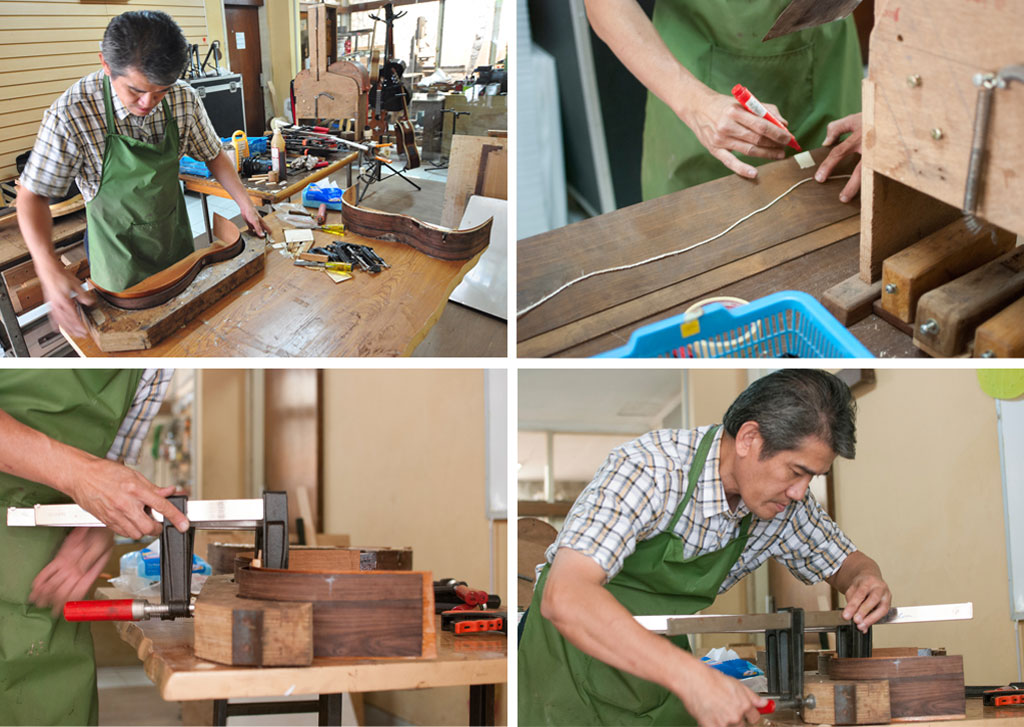
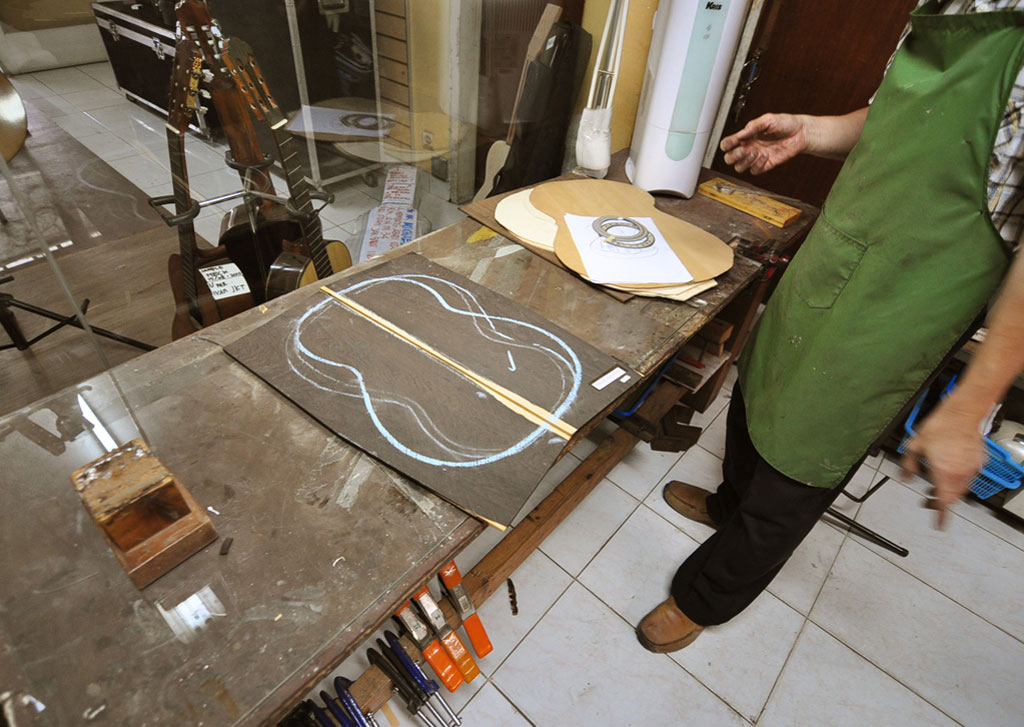
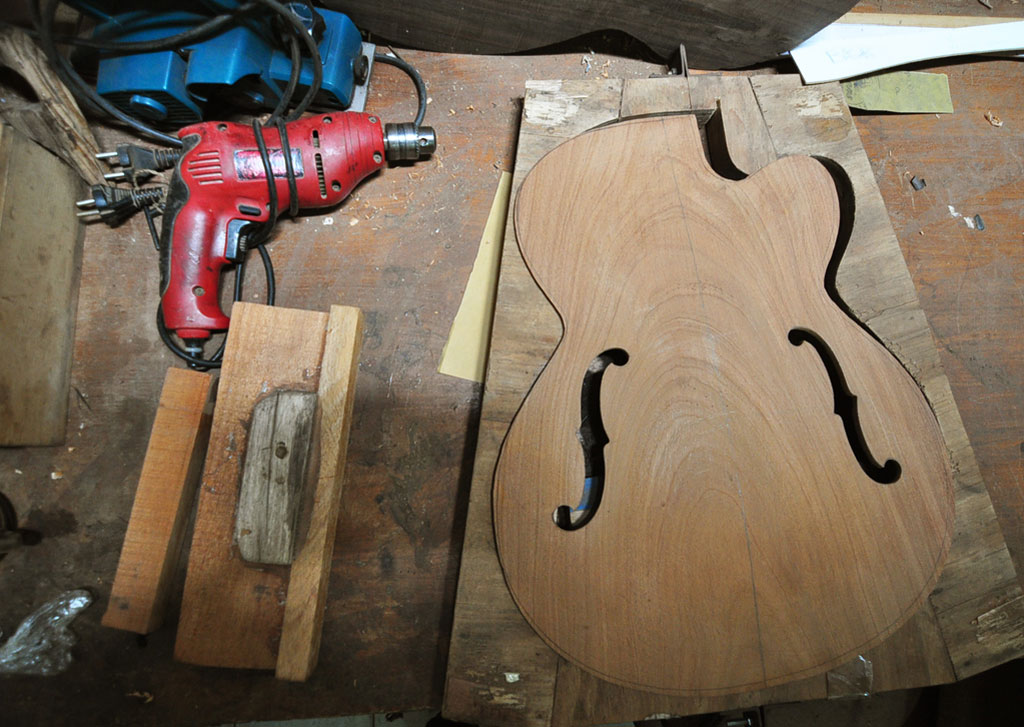
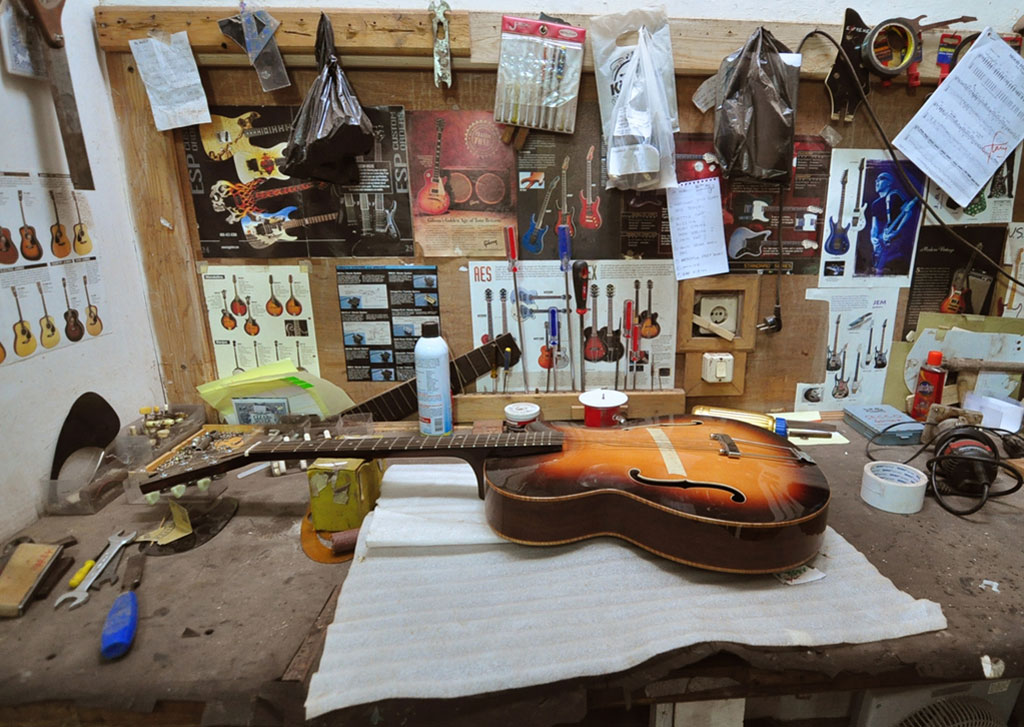
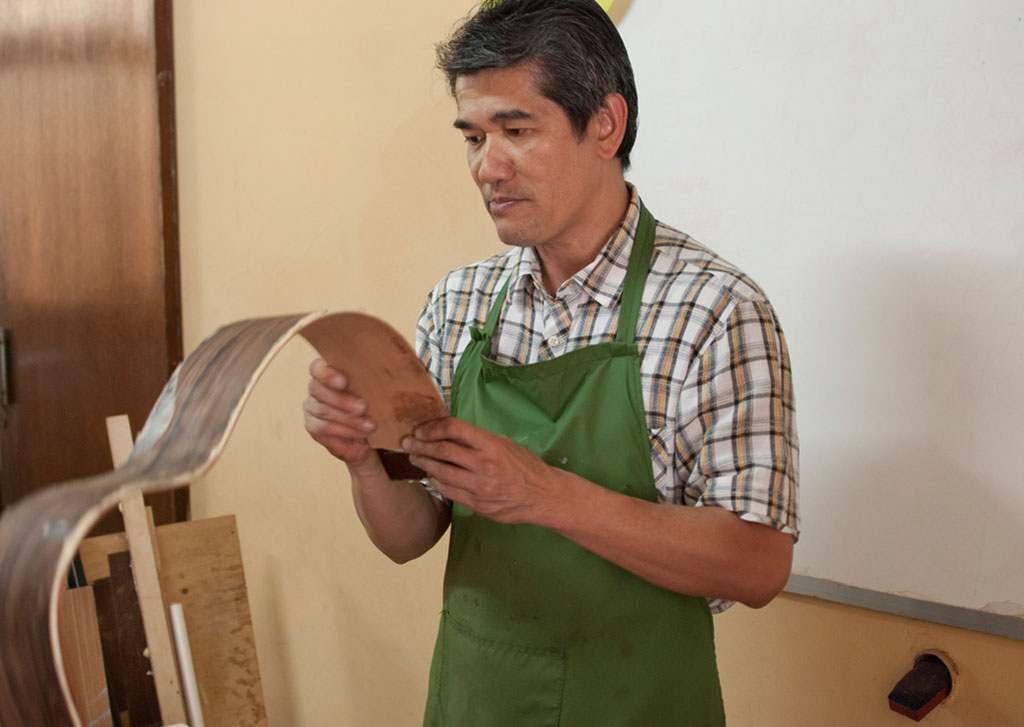
Secco: In his humble workshop in Bandung, renowned luthier Yosefat Wenardi spends every day perfecting his guitar creations. Meticulously assembling each piece by hand, he strives to achieve the best acoustics on all of his instruments. Acquainted with woods for years, you can find all sort of it in his workshop, some even obtained on his ventures across nations. His years of experience and devotion to the craft has provided musicians with instruments of the finest quality.
Yosefat Wenardi’s love of string instruments started when he encountered a luthier in Bandung, from whom he learned the essential technique of the guitar construction. After years of training, his obsession to create the perfect instrument took him across Europe, where he met some of the world’s leading luthiers. Inspired by the passion of those luthiers, he continued his journey into becoming a craftsman, and in 1999 established Secco in Bandung. After years of dedicating his skills to Secco, the brand has become one of the most prominent in the country today, producing custom guitars with the highest attention to quality. Wenardi’s virtuosity is beyond doubt, having crafted hundreds of instruments for musicians, ranging from the beginners to the best guitarists in the country. To this day, Wenardi is still on his journey to further improve his skills, to create a better instrument each day.
T
What is a typical day for you?
Y
I do this full time, so I go to the workshop everyday. A guitar usually takes about 150 to 200 hours to finish, and currently there are 4 workers helping me with some of the work.
T
What is your creative process?
Y
The general guitar shape I use in my products are the same, it’s just a little tweak here and there for the aesthetics as requested by customers. But the structural design is something that took time for me to develop, through years of trial and error. Even now, the feedback I receive from customers is still essential for me to develop the perfect structural design for my products.
T
What is the most rewarding moment during your work?
Y
My work involves crafting sound, which I think is something abstract. Unlike painters, I have to create something that is physical, in order to produce something abstract, which is the instrument’s sound. So what I aim for is that perfect tone, which can not be examined unless the instrument is finished. The most rewarding moment would be when I succeed in getting the exact sound I wanted when I first started the instrument.
T
How do you develop yourself as a craftsman?
Y
It’s all about experimenting. The choices of materials, constructions, finishes, details, they all contribute to the sound the instruments create. The more I experiment the more my vocabulary of sound develops.
Have you experience any limitations in doing work by hand?
I think the biggest issue in working by hand is time efficiency. Often times the customers are not very patient with their orders. The process is definitely faster when done by machines, but with hands the process is more in-depth, therefore the output is better. Creating instruments involves a variety of processes and each contributes to the end product, which is the sound quality. A very delicate process, each instrument requires particular treatments, that is why it takes longer when done by hand.
T
W: Do you intend on incorporating machines on your crafting process?
Y
I am currently using a pressing tool to help me bend the wood. Before I built that tool I had to do the process manually, which took more time and it is less precise. But with the new tool the process is still done by hand, so it only aids the process.
T
What would be your dream creative project?
Y
I wish to be able to pass my expertise along generation of luthiers, and I think there are lots of ways to do that. For now I am helping a few students in doing their final projects, and they would come here to help me work for a certain period of time. There are a few processes and techniques that I can teach, but people need passion to be able to create a complete instrument. That is what cannot be passed along easily because very few have the passion for the work. My dream is to be able to create a network of craftsmen to improve our capacity of production. I am currently developing that network, and the biggest challenge is finding people who are passionate. If we have a number of experienced craftsmen with each specializing on a specific process then combine them into an organized line of production, we can produce faster without compromising the quality of our product.
T
Is there any work of yours that you are particularly proud of?
Y
It would be hard to pick one because most are orders from my customers, so when the instruments are finished they are immediately taken away from me. Just like famous painters, they usually don’t have a masterpiece because their works are spread among galleries and collectors. But I am planning to make one for my own, and I hope it would be my best work.
T
What keeps you going?
Y
I don’t see this as work, instead this is a way for me to channel my creativity. So what keeps me going is that my drive to create, to be productive, even when I’m older.
–
SnapShots 05: Secco
Thank You
Secco
Yosefat Wenardi
Secco
Jl. Tanjung No. 13
Bandung 40114
T: 022 7234710
W: www.seccoguitar.com























